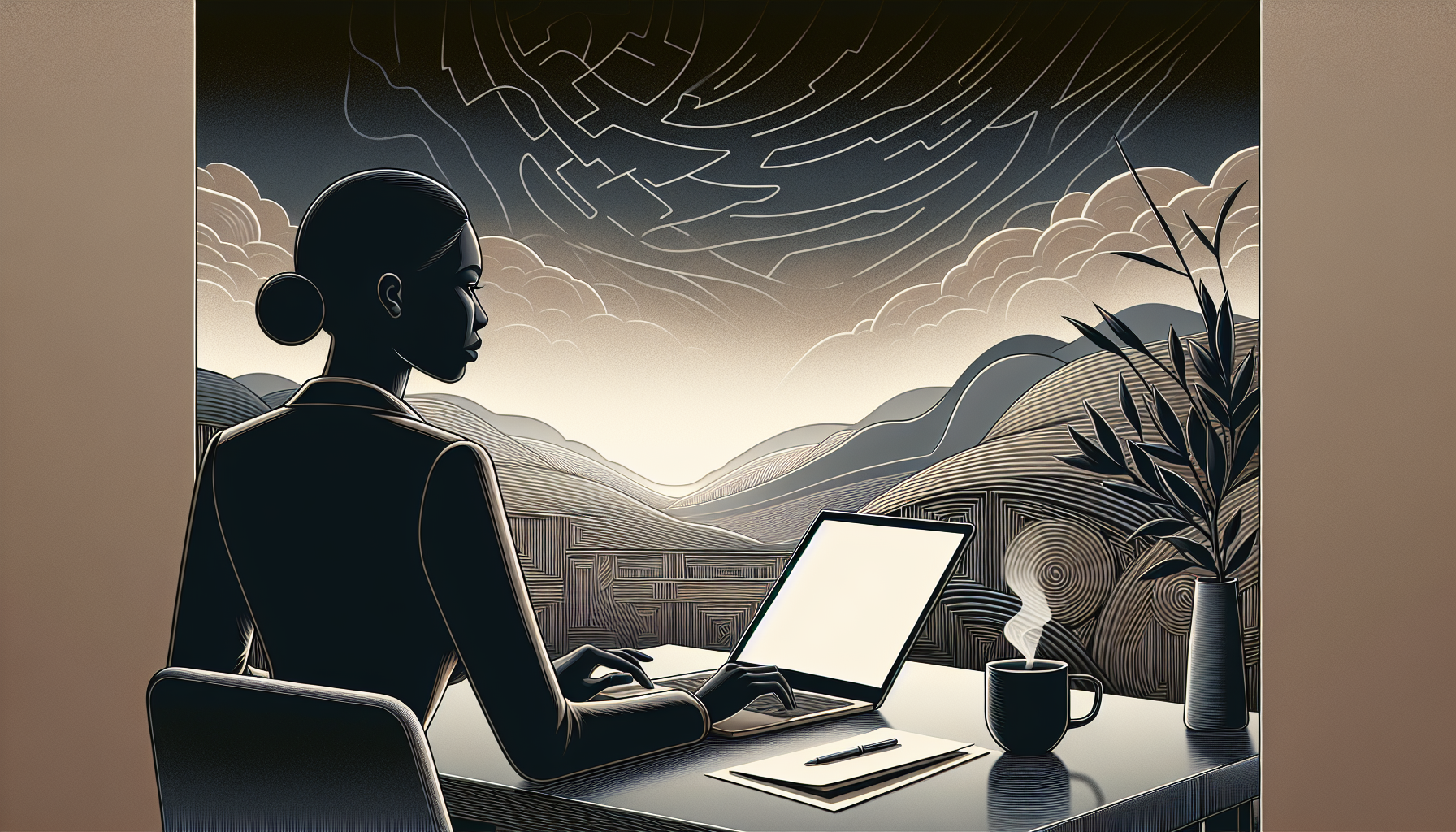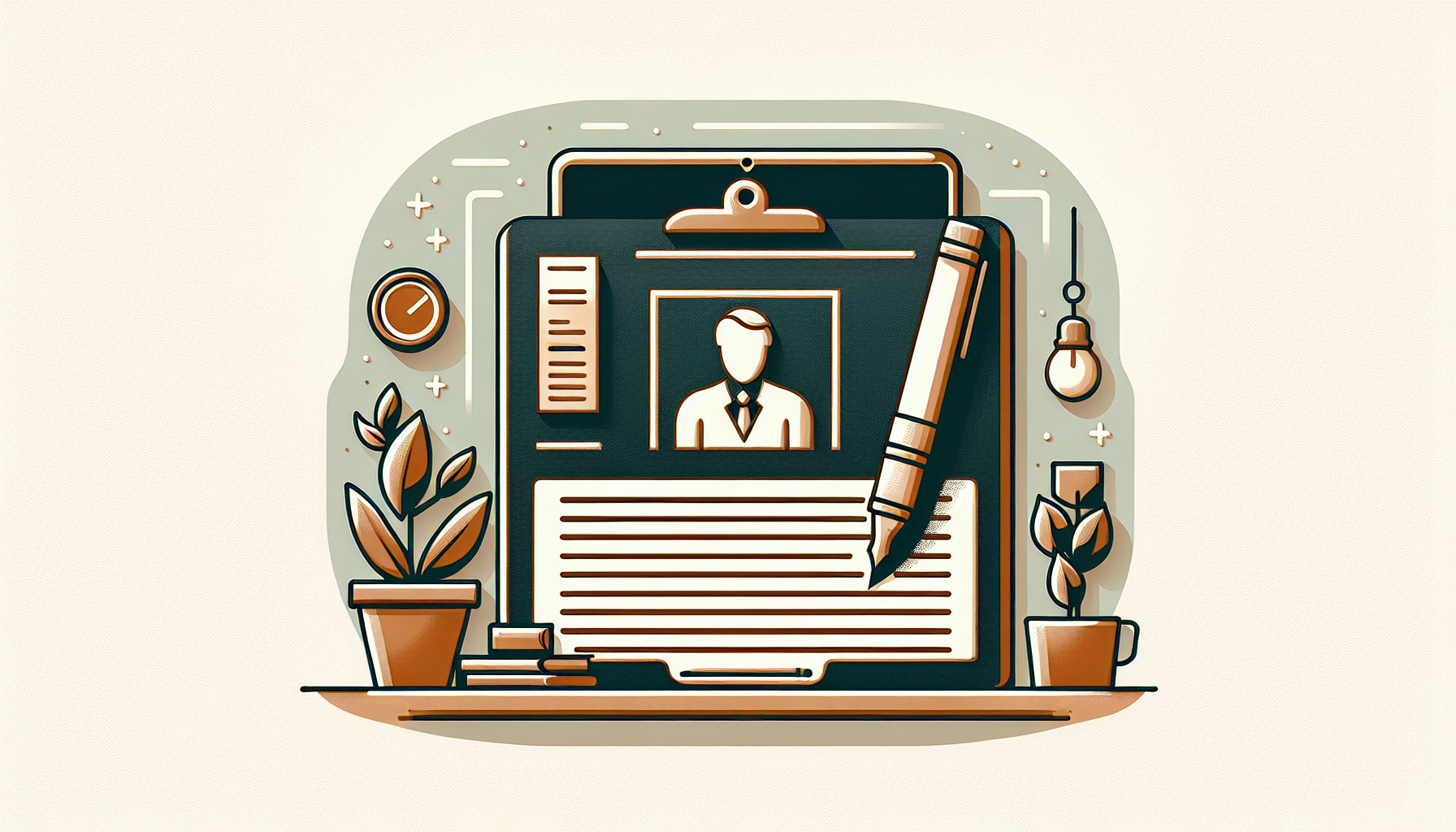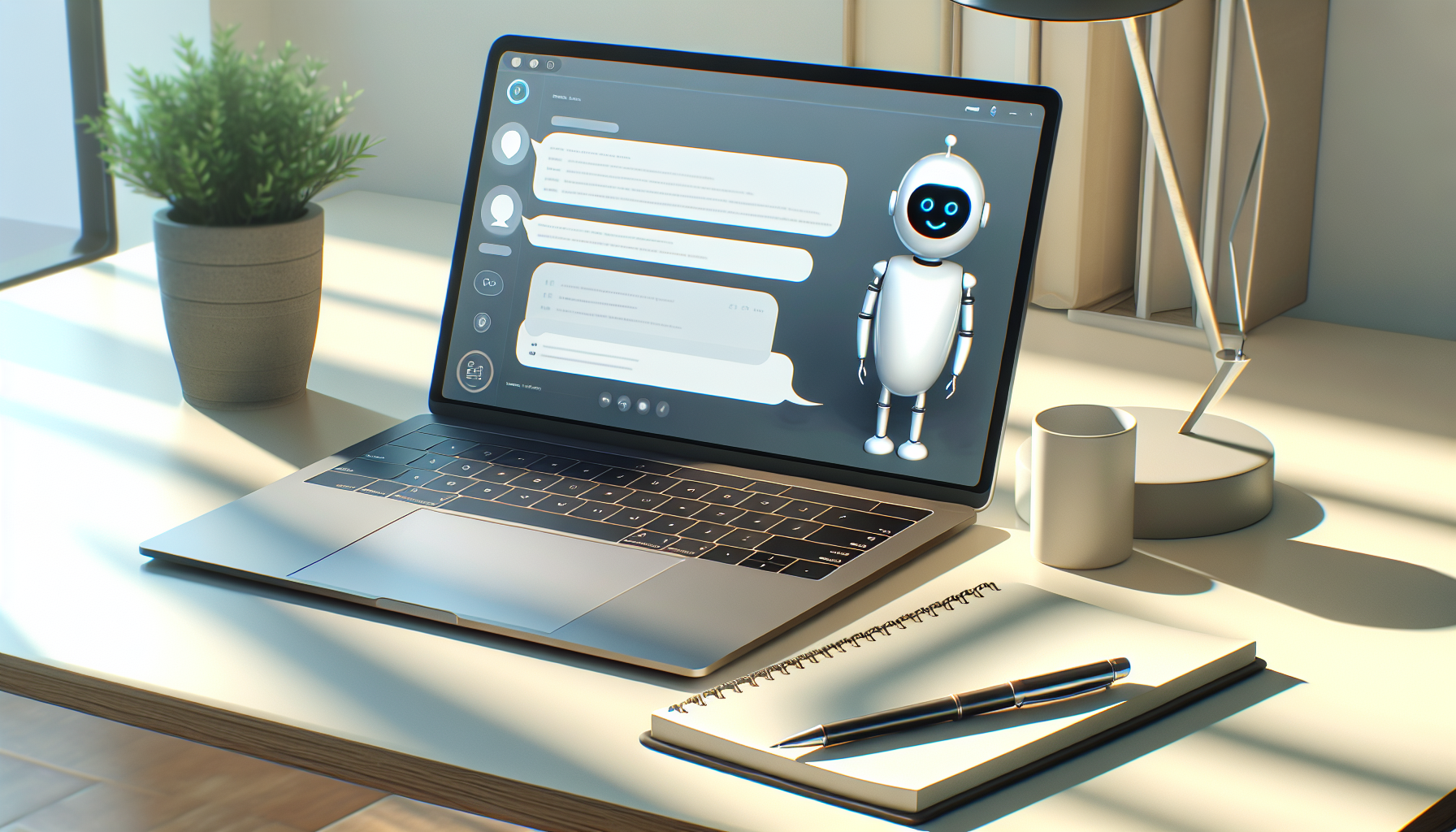Writing a cover letter can feel like navigating a maze without a map. You might be staring at a blank page, unsure of how to showcase your skills and personality. Trust me, you’re not alone in feeling overwhelmed by this essential job application component.
But what if I told you there’s an easier way? Stick around, and I’ll share some fantastic prompts for ChatGPT that can help you craft personalized cover letters that stand out from the crowd.
From tailored templates to common pitfalls to avoid, we’ve got a treasure trove of tips that can make your cover letter shine. Let’s dive in and turn that daunting task into a breeze!
Key Takeaways
- Use specific prompts with ChatGPT to create personalized cover letters quickly.
- Tailor your cover letter to each job by highlighting relevant skills, experiences, and achievements.
- Creating a reusable template can save time and ensure consistency across applications.
- Avoid generic text; focus on including personal examples that align with the job.
- Always proofread to catch errors and ensure your voice is clear.
- Utilize various prompts for different sections to enhance the overall quality.
- Avoid relying solely on AI; your unique perspective must shine through.

Best ChatGPT Prompts for Writing Cover Letters
If you’re looking to craft a compelling cover letter, using the right prompts with ChatGPT can make all the difference. Here’s a list of effective ChatGPT cover letter prompts that you can copy and paste directly:
- Create a cover letter for a [job title] position at [company name]. Include my skills in [mention skills] and experience in [mention experience].
- Write a cover letter highlighting my achievements as [previous job title] and how they relate to the [job title] position I’m applying for.
- Draft a cover letter emphasizing my passion for [industry/field] and my commitment to [company values or mission].
- Generate a cover letter for an internship application that demonstrates my interest in [specific industry] and my relevant coursework or projects.
These prompts help you generate tailored content quickly, boosting your chances of making a great first impression.
How to Use ChatGPT for Customized Cover Letters
Using ChatGPT for customized cover letters involves a few straightforward steps that can streamline your application process. First, gather information about the job and the company to which you’re applying.
Next, think about your skills, experiences, and personal anecdotes that make you a great candidate.
Then, input specific prompts into ChatGPT for tailored suggestions. Here are some ideas:
- Draft a personalized cover letter for a [job title] at [company name], incorporating my unique background in [relevant experience].
- Help me write a cover letter that connects my [skill] with the requirements of the [job title] role.
Finally, review and refine the output from ChatGPT to ensure it sounds like your voice while effectively communicating your qualifications.
Prompts for Different Job Types: Tailoring Your Cover Letter
When applying for various job types, tailoring your cover letter can set you apart from the competition. Here are some industry-specific prompts to help you:
- Compose a cover letter for an executive position that highlights my leadership skills and strategic achievements.
- Write a cover letter for an entry-level position, focusing on my relevant coursework and eagerness to learn.
- Generate a creative job cover letter that showcases my artistic skills and previous projects related to [specific project or industry].
- Draft a technical cover letter that explains my expertise in [specific technology or method] for the [job title] role.
Using these tailored prompts will provide a relevant narrative for your job application and can help demonstrate why you’d be an ideal fit.
Creating a Cover Letter Template with ChatGPT
Creating a reusable cover letter template with ChatGPT is a great way to save time and maintain consistency in your applications. Start by determining the key sections to include, such as:
- Your contact details
- Employer’s details
- A strong opening introduction
- A summary of your skills aligned with the job
- A closing statement that invites further discussion
Then, input your ideas into ChatGPT with prompts like:
- Generate a cover letter template that includes sections for introduction, body, and closing, tailored for a [specific job type].
- Create an editable cover letter layout that I can customize based on different job applications.
This approach allows for easy adjustments while still ensuring professionalism in each application. For more tips on crafting effective writing, check out our post on prompts for college essays and prompts for creative writing.

Examples of Strong Cover Letter Prompts
Strong cover letter prompts can guide ChatGPT to generate impactful and relevant content. Here are some rich prompts you can use:
- Write a compelling opening paragraph that captures my enthusiasm for [specific job title] at [company name].
- Create a cover letter that summarizes my career journey as a [your profession] and connects it to the opportunity at [company name].
- Craft a closing statement that expresses my eagerness for an interview and includes a mention of my [specific skill/experience].
- Generate a list of key achievements from my previous role as [previous job title] tailored to impress recruiters for a [job title] position.
These examples will not only enrich your cover letter but also emphasize your qualifications effectively.
Tips for Getting the Most Out of ChatGPT for Cover Letters
To enhance your experience with ChatGPT while drafting cover letters, here are practical tips:
- Be specific in your prompts. Instead of asking for a generic cover letter, mention the job title and company you’re targeting.
- Use multiple prompts to gather different sections of your cover letter. For instance, prompt for an introduction, body, and conclusion separately.
- Provide context about your skills and experiences. This will help ChatGPT generate responses that truly reflect your qualifications.
- Ask for variations of sentences so you can choose the best fit for your tone. For example, request several ways to phrase your closing statement.
- Review and customize ChatGPT’s output to ensure it aligns with your voice and unique style.
- Consider following up with questions like, “What else could I include to strengthen my candidacy for [job title]?”
Utilizing these strategies can greatly improve the quality and relevancy of your cover letter drafts.
Common Mistakes to Avoid When Using ChatGPT for Cover Letters
While ChatGPT is a powerful tool, there are pitfalls to be aware of when crafting cover letters:
- Avoid overly generic content. If the output feels too bland, refine your prompts to be more detailed.
- Don’t skip the personalization. Always include specific examples from your career that resonate with the job you’re applying for.
- Be mindful of formatting. Ensure that the structure is clear, as ChatGPT may not always follow a traditional cover letter format.
- Steer clear of using jargon or clichés that might make your cover letter sound insincere.
- Don’t solely rely on AI. While ChatGPT can provide great suggestions, your unique perspective should shine through.
- Neglecting proofreading is a common mistake. Always check for grammatical errors and clarity before sending.
Avoiding these mistakes will help you make the most of ChatGPT as you create compelling cover letters.

FAQs About ChatGPT Cover Letter Prompts
It’s completely normal to have questions about using ChatGPT for your cover letter needs. Here’s a rundown of frequently asked questions to clarify any doubts.
What are ChatGPT cover letter prompts?
ChatGPT cover letter prompts are specific commands you can input into ChatGPT to generate content for your cover letter. These prompts guide the AI to create tailored responses that reflect your skills and experiences.
How can ChatGPT help with writing cover letters?
ChatGPT can make the writing process more efficient by providing personalized content, helping you brainstorm ideas, and suggesting formats that meet industry standards.
Can I trust the content generated by ChatGPT?
While ChatGPT produces useful drafts, it’s essential to review and customize the output to ensure it aligns with your unique voice and qualifications.
What benefits do AI-generated cover letters provide?
AI-generated cover letters save time, offer fresh perspectives, and can highlight aspects of your experience you may have overlooked, leading to a more compelling narrative.
Is there a risk of creating generic content?
Yes, there’s a risk. To avoid this, always use specific prompts that reflect your experiences and the job you’re targeting. Personalization is key!
How do I get started with ChatGPT for my cover letter?
Start by identifying the job you’re applying for and compiling your relevant skills and experiences. Then, input tailored prompts into ChatGPT to generate your draft.
With these FAQs, you should feel more equipped to leverage ChatGPT in your job application journey.
FAQs
To customize your cover letter, provide ChatGPT with specific details about the job and your qualifications. Tailor the prompt to include the company’s name, position, and key skills to generate a targeted cover letter.
Common mistakes include providing vague prompts, overlooking proofreading, and failing to personalize content. Ensure you specify the role, adapt the generated text, and check for errors to enhance the effectiveness of your cover letter.
To create a cover letter template, request ChatGPT to generate a general structure. Include sections like introduction, skills, experiences, and conclusion. This provides a customizable framework for various applications.
Yes, ChatGPT can generate cover letters for various job types. Just specify the industry and role in your prompts so that the AI can create targeted responses based on relevant requirements.
